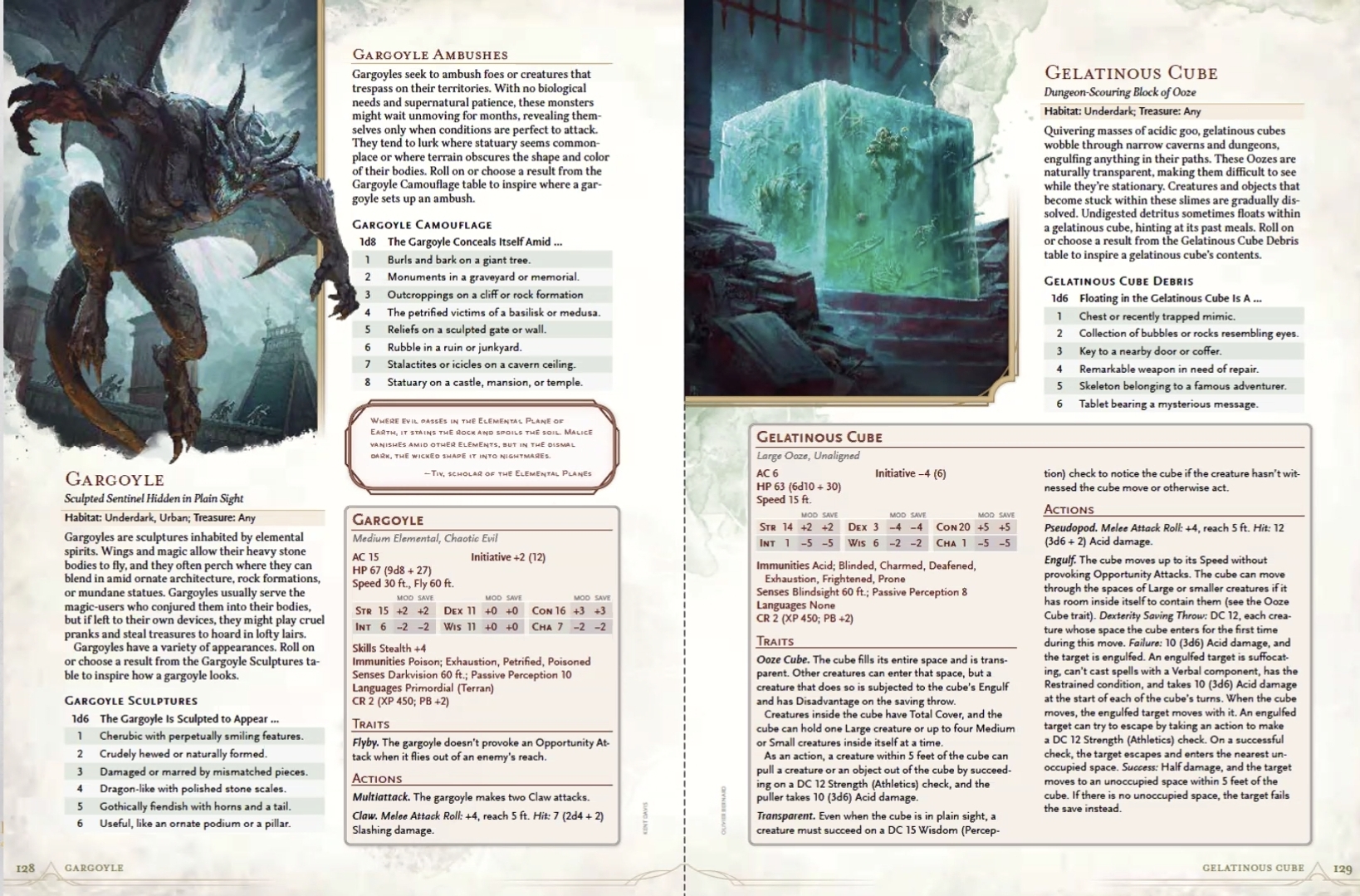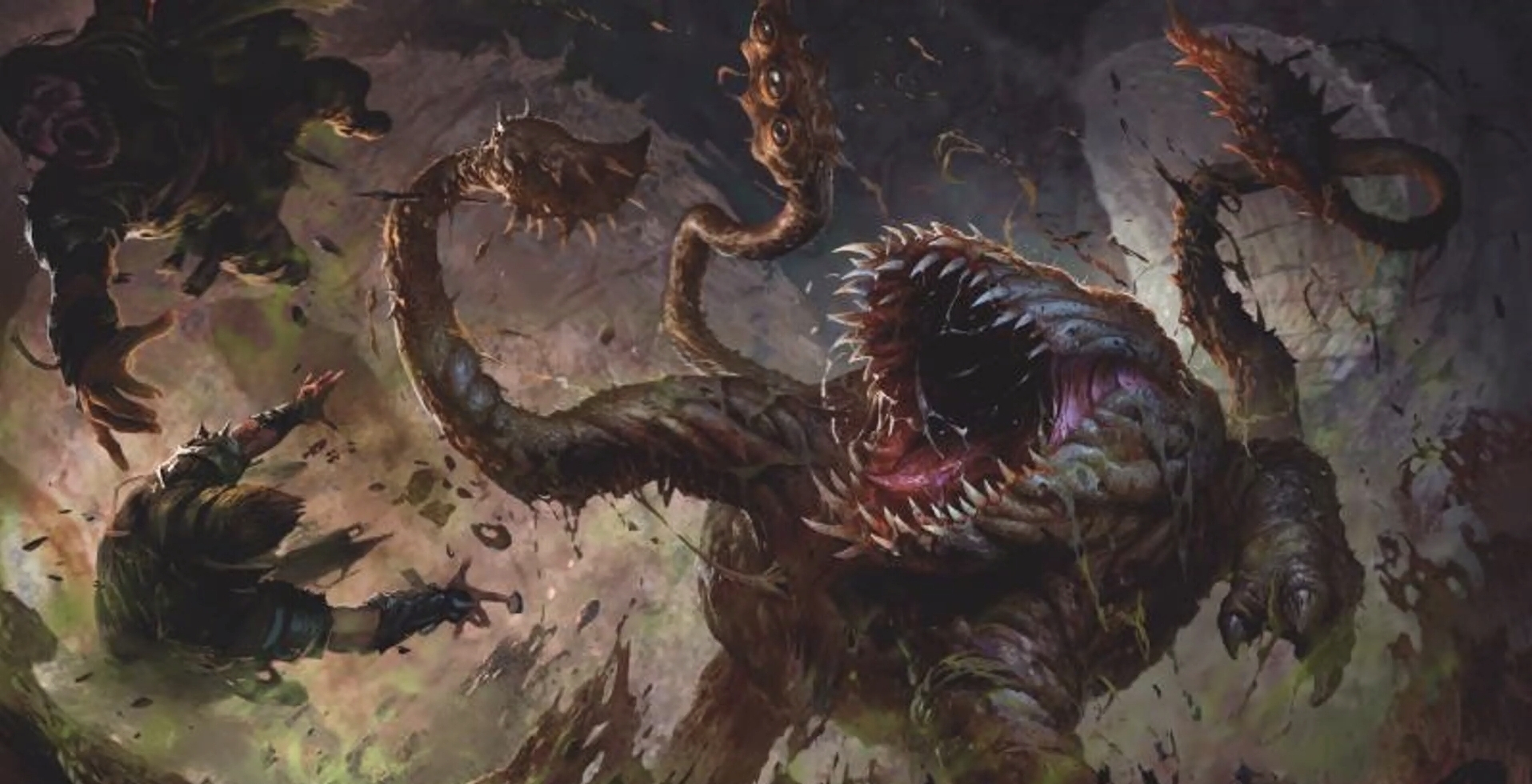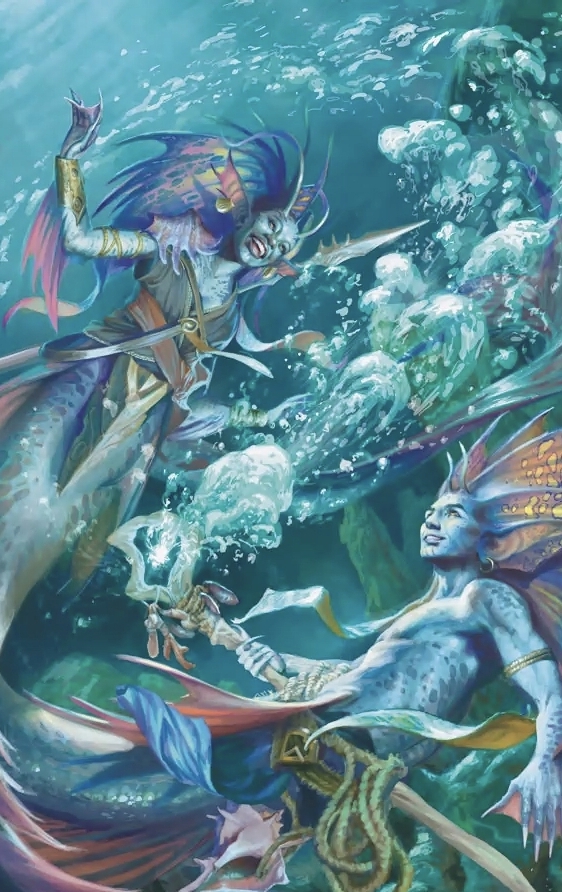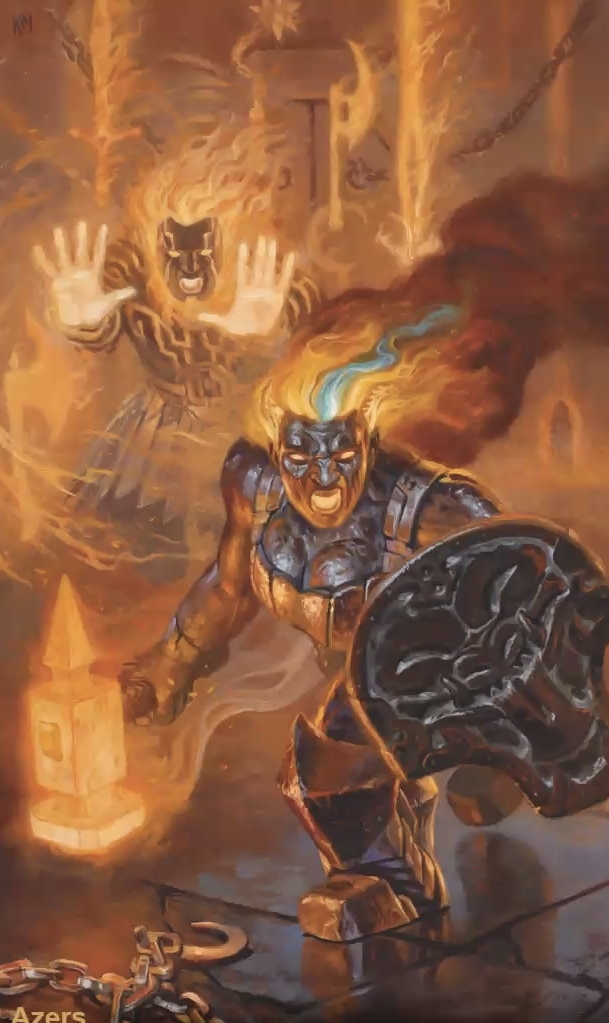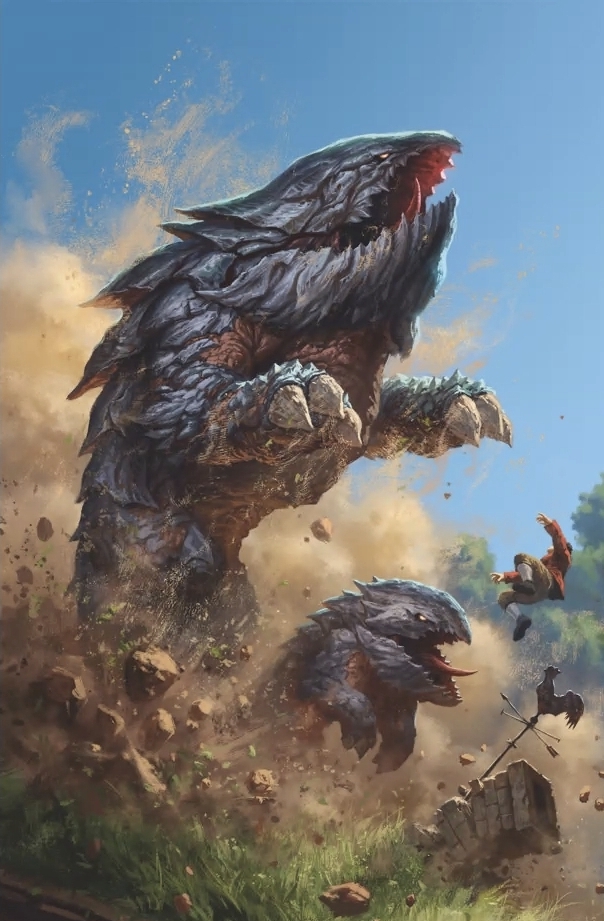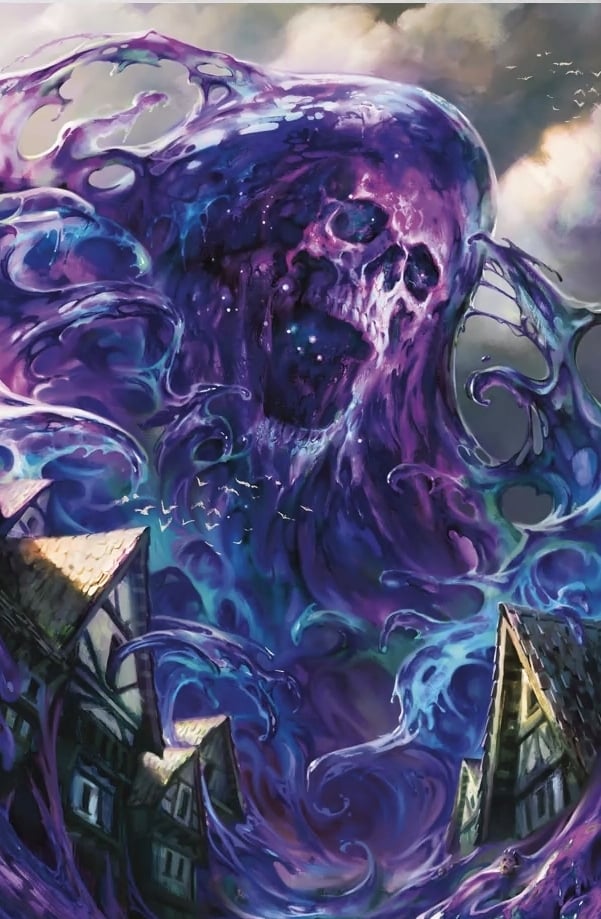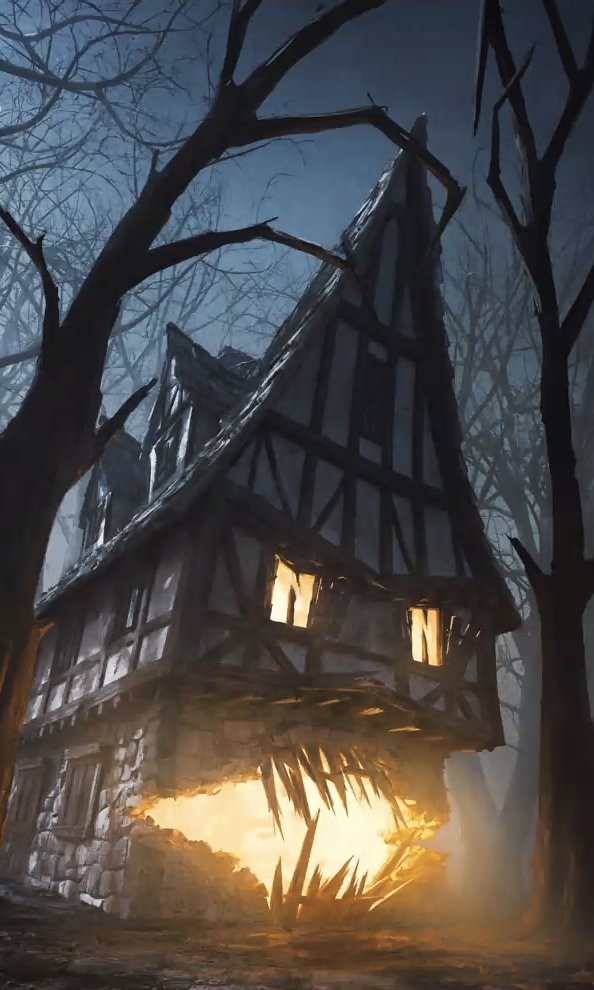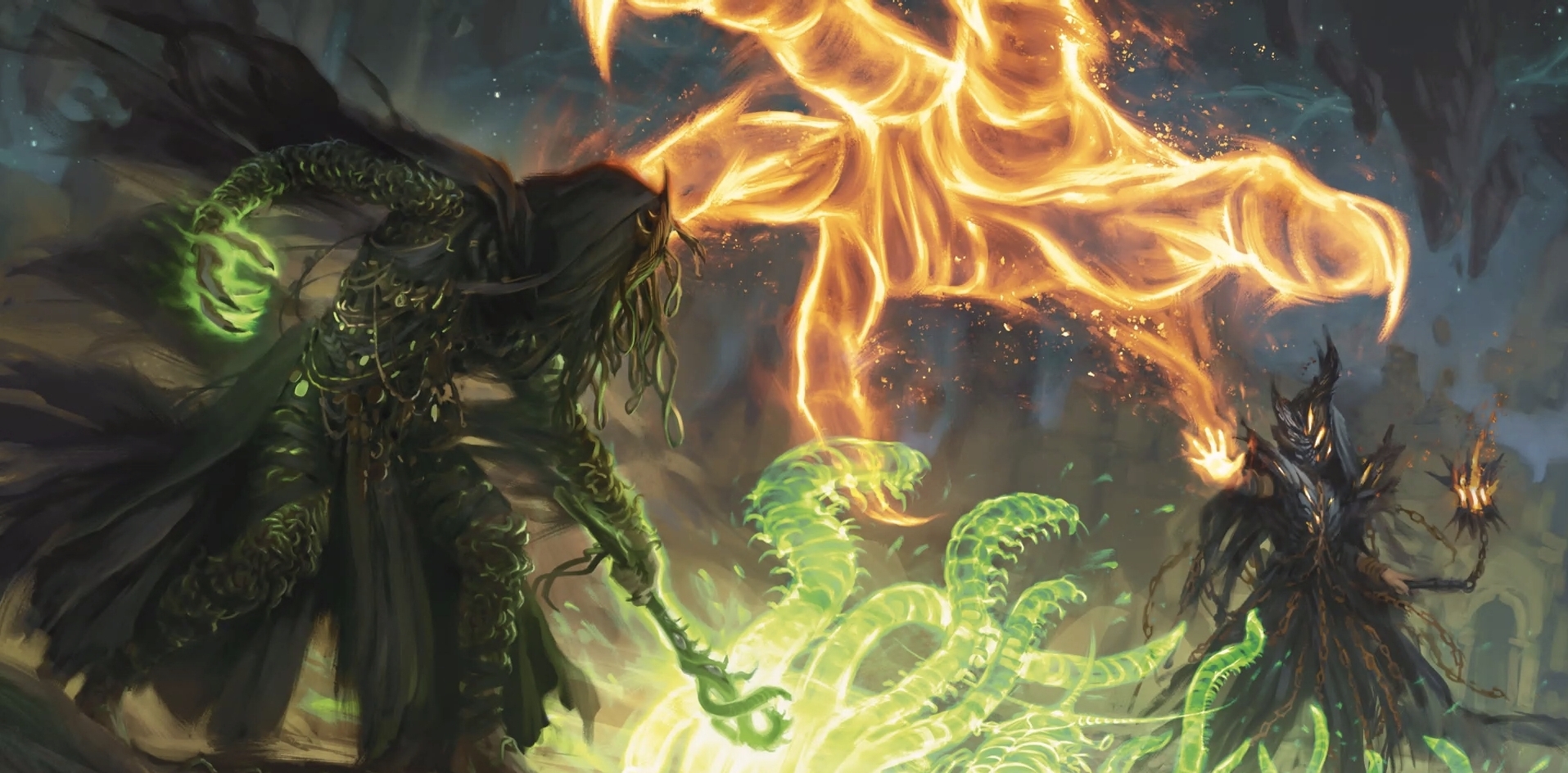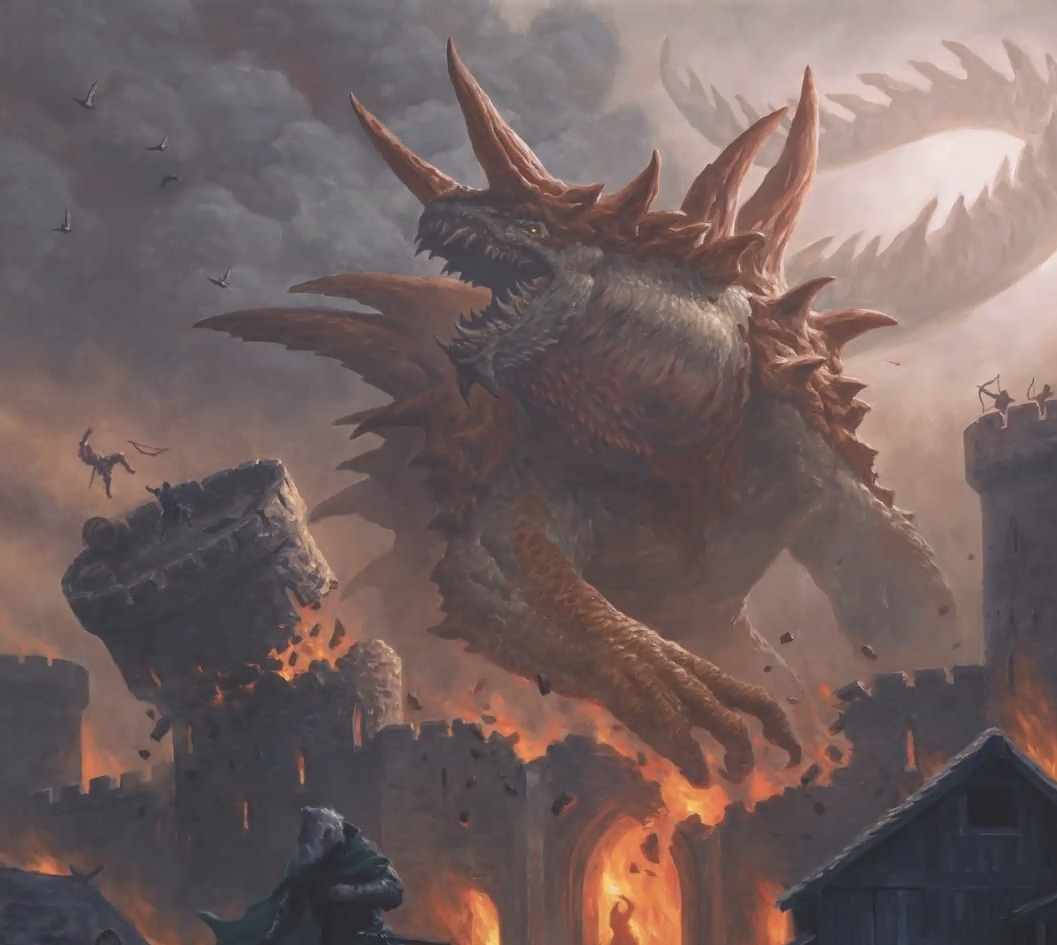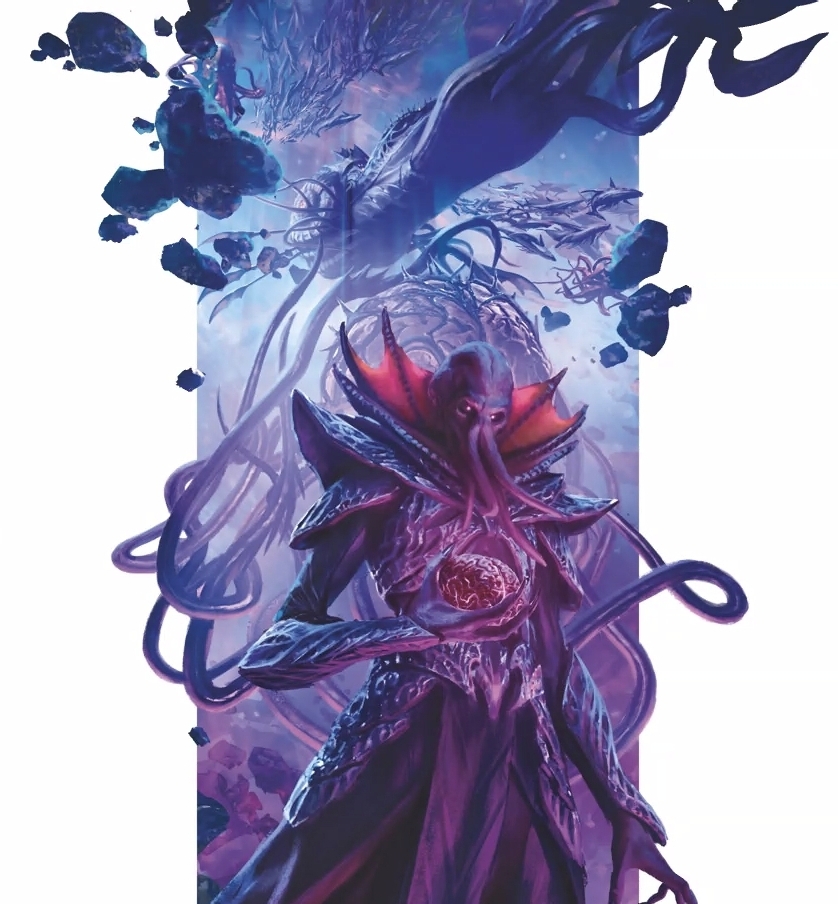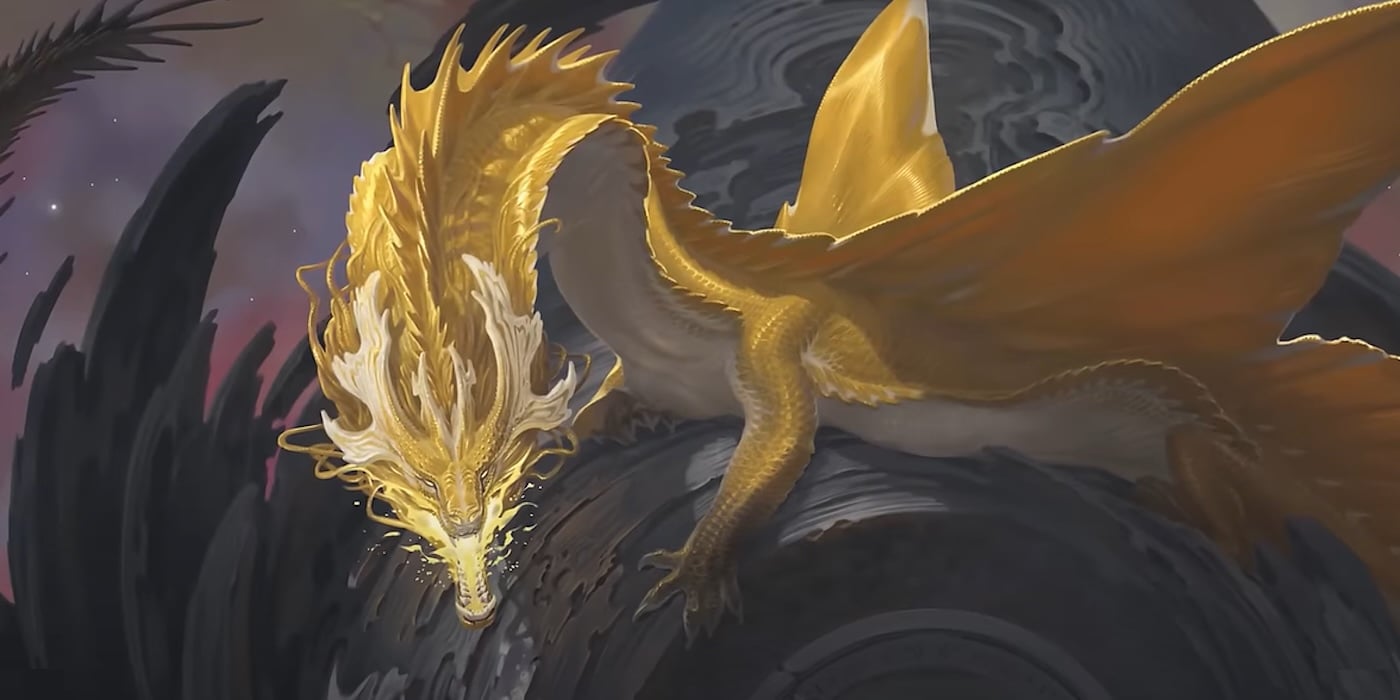D&D: In the New Monster Manual, WotC Bares Its Fangs
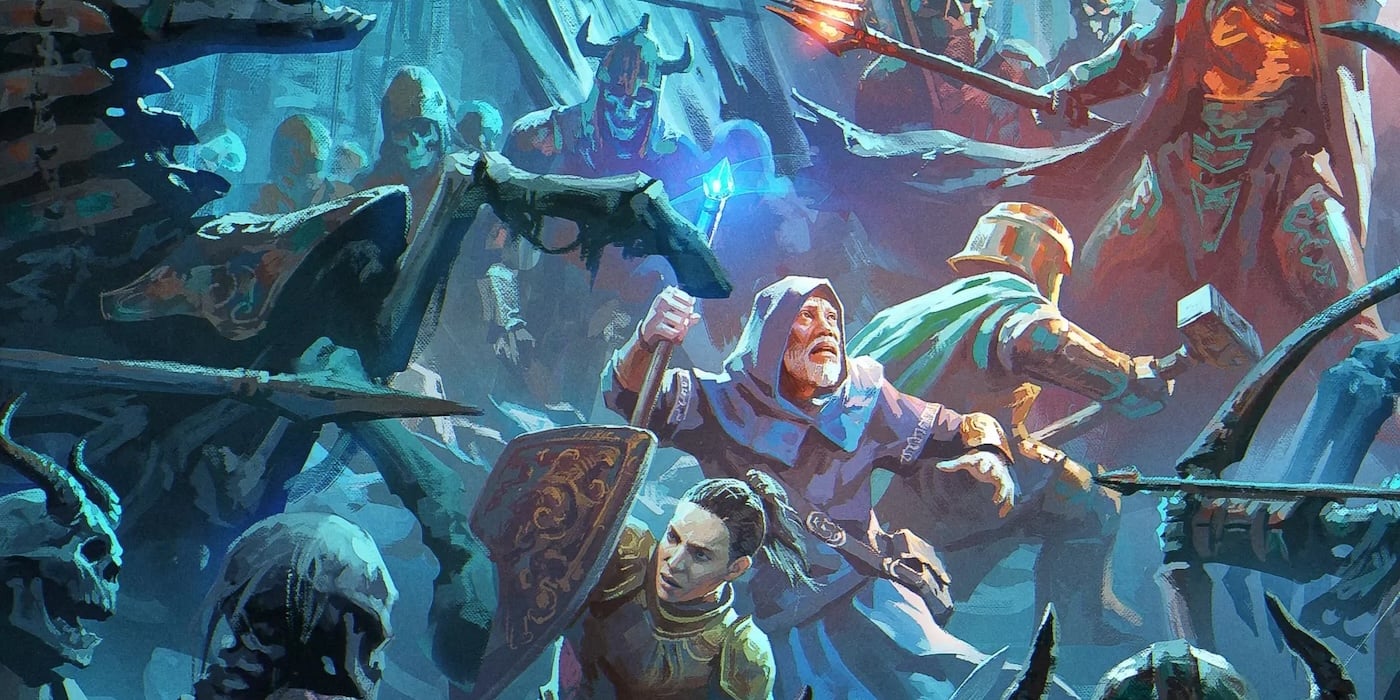
We got a sneak peek inside the Monster Manual at a recent press briefing. Here’s what we learned in all its monstrous detail.
Last week, WotC held a press briefing to show off the upcoming Monster Manual in a little more detail, along with a little Q&A. With the book releasing in under a month now, the hype train is well on its way out of the station.
And from what we’ve seen so far, monsters are in general beefed up. Everything is, in 5.5E. Except for the Find Traps spell, which is still utterly useless and will probably be the worst spell in two editions.
But, Find Traps aside, the new edition seems to be a little more streamlined and a little-to-a-lot more powerful. That holds for monsters too. Which you can see in a preview of two different stat blocks: Gargoyles and Gelatinous Cubes.
Monster Manual Sneak Peek – CR Changes, Monster Families and Alphabetical Order
Right away you can see some of WotC’s new presentational ideology at work. If you’ve seen any ofthe preview videos that WotC has put out on their YouTube channel, you’ve heard two of WotC’s senior designers, Jeremy Crawford and Wes Schneider, talking about how they want to give DMs more inspiration. And in the new Monster Manual this change is reflected in the way the general lore about a monster is presented.
One of the big features of many monsters are little tables of inspiration for DMs to either pick from, roll on, or diverge from entirely. As with the art, it’s intended to get you thinking about what the monster might be doing in the world of the game.
With gargoyles, you get an idea of how they might ambush someone. While gelatinous cubes have a list of what they might have contained within them, including potentially even a whole other monster to fight, which is, as Springfield Elementary principal Seymour Skinner might say, delightfully devilish.
Numbers Don’t Lie – But They Might Kill You
Another thing the two stat blocks show off is how monsters haven’t changed too much. When they have changed, they usually have more hit points or deal more damage or have better initiative. Things like skills and saves and to hit bonuses are generally unchanged across the editions.
But one of the biggest numbers that’s increased isn’t even in a stat block—it’s in the sheer number of monsters in the book. WotC has already said that there are more monsters in this book, to the tune of 80 new monsters and many older ones that have been pulled forward. This is the biggest Monster Manual yet, and it is packed full of variety.
One of the big avenues for more monsters is the sheer variety of “monster families.” So you might find more varieties of goblins or azers, as the artwork above shows off – you’ll note a familiar “basic” azer along with an azer pyromancer, doing fire magic.
We also got a look at some new merfolk. But even monsters that don’t have a ton of action-related variety still have some additions. For instance, check out the adorable new bulette pup (seen here alongside its parent) that your party is already filing the adoption paperwork for.
This is all part of WotC’s schemes to make your games more adorable. But also it’s from a desire to have more monsters available across the tiers of play, including and especially high-level threats.
Monster Manual Sneak Peek – An Ooze With The Skull of a Slain Deity
One of the things WotC is hoping to have more of is high-level adventures. Things for players to do once they get past the low teens. But that’s notoriously tricky in D&D, because the game sort of breaks down and you have to be real personal and specific about it.
There aren’t many published modules that handle high-level PCs very well. I think a big reason for thatis the sheer variety and power of things that players may or may not be able to do. And past level 12 or so, you have to start taking into account that players might just plane shift to get around your “captured in the dungeon” scenario. But to that end, WotC has revealed that there will be high CR creatures that exemplify all the creature types. I think the best way to think of this is as the end-game version of a monster type. If you’ve wondered what a high level ooze is like? Just scroll up.
The two pictures you’ll find above this paragraph are of a Blob of Annihilation, and then a Haunting Revenant. These are the top end of the food chain for oozes and undead, respectively. A Blob of Annihilation sounds terrifying—though to hear Crawford describe it, WotC may have chickened out. At least a little. We didn’t see the stat block, but Crawford did state that a Blob of Annihilation contains the skull of a dead god. That’s metal.
But, it isn’t made of the all-devouring anti-matter that the similarly named Sphere of Annihilation is made of. It doesn’t even annihilate you if you get engulfed by it. Apparently you just get shunted to another plane of existence. And, sure, if the blob dies before you’ve returned, you might be stranded in the Astral Sea. But stranded in the Astral Sea is much more survivable than “completely obliterated”.
The haunting revenant is a spirit that possesses and animates a house. Or any similar sized building. This is hilarious, because in rural communities, you might literally have to hit the broad side of a barn.
NPCs For Days
When it comes to the organization of the book, you might have caught on that it’s all done alphabetically. Every monster is listed by name. As it was in the 2014 Monster Manual, the Gelatinous Cube is tucked away under O for Ooze. Not so in the new monster manual. But the other thing you’ll note pretty quickly is that the NPC appendix is gone.
Do not fret, though, as I did. The NPCs are still there. They’re just organized alphabetically. Which is honestly pretty handy. It does mean you have to look a bit more purposefully, though.
Monster Manual 2025 – Due Out February
But whatever you’re looking for, if you want to play D&D, this book will be an indispensable tool in your arsenal. Sadly, some of the familiar things, like rules for creating your own monsters from scratch aren’t in the current section of the core rulebooks. You’ll have to reverse engineer the math yourself, like some kind of peasant. But it is doable.
Hard, of course. But one thing that the new Monster Manual has going for it presentation-wise is that it’s very easy to see the work that went into a monster. You can see why it’s proficiency bonus is what it is. Or what is being added to the initative bonus of a creature, for instance. So if you want to take something and use it as inspiration you can sort of riff on existing entries.
Even players will find something useful here. There’s a whole section dedicated to things like a player characters’ beast forms. In that same section are creatures thta might fit spells of that ilk. With this book, you can have exactly what you need at hand.
Be on the lookout for the new Monster Manual next month!

